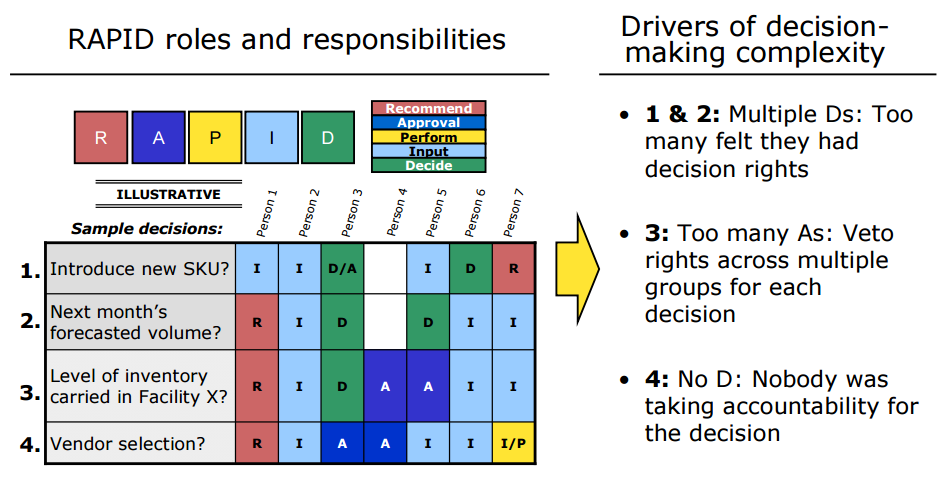An M&A Integration Matrix
When Merck KGaA, the German chemicals and pharmaceuticals concern, acquired US biotech equipment supplier Millipore, managers drew up a two-by-two chart representing every group in the organization on two dimensions: their importance in achieving the integration goals and the degree of disruption they would experience from the upcoming change. That allowed the leadership team to focus on supporting the people who were most important to … [ Read more ]
Author: Patrick Litre | Source: “Results Delivery: Managing the Highs and Lows of Change” | Original Publication: Bain | Subject: Mergers & Acquisitions

